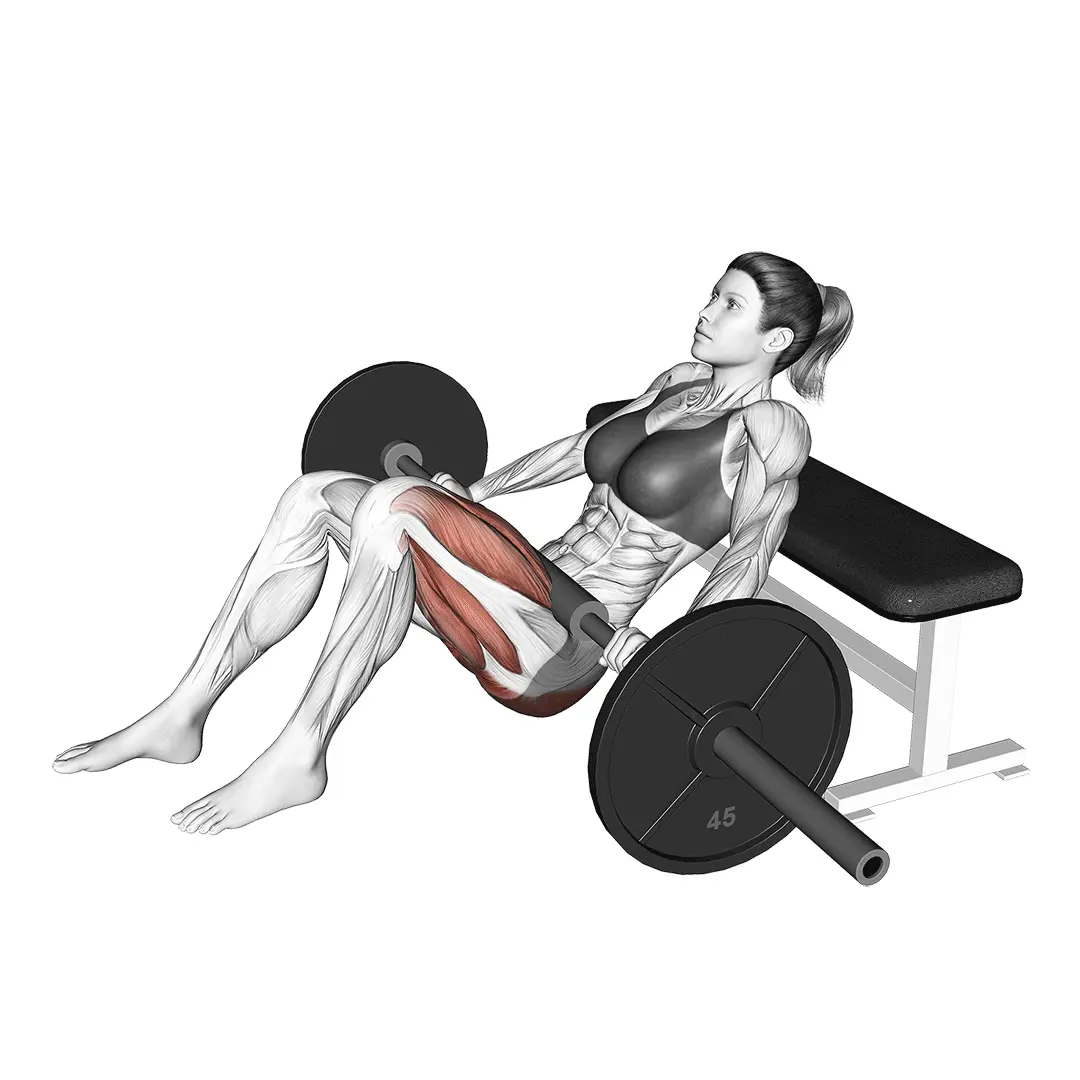Resistance Band Deadlift

Muscles Involved
The resistance band deadlift is a powerful exercise that primarily targets the posterior chain, particularly the gluteus maximus, hamstrings, and erector spinae. The glutes and hamstrings work together to facilitate hip extension, while the erector spinae stabilizes the spine throughout the movement. Secondary muscles engaged include the quadriceps, calves, and core muscles, which help maintain balance and posture during the lift. This makes the resistance band deadlift an excellent choice for strengthening the entire lower body and enhancing core stability.
Top Mistakes
- Failing to maintain a neutral spine, which can lead to lower back strain.
- Overextending the knees, which places unnecessary stress on the joints.
- Allowing the shoulders to collapse forward, resulting in poor posture.
- Using excessive momentum to lift, which undermines the effectiveness of the exercise.
Execution Tips
- Begin by standing on the resistance band with feet shoulder-width apart, ensuring it is securely anchored under your feet.
- Grip the handles with palms facing your body and stand tall with your shoulders back and down.
- Initiate the movement by pushing your hips back while maintaining a slight bend in the knees; this will lower your torso while keeping the weight close to your body.
- Focus on driving your hips forward and squeezing your glutes as you lift, ensuring your back remains straight throughout the motion.
- Lower the resistance band back to the starting position in a controlled manner, allowing for full hip extension.
Workouts
The resistance band deadlift can be effectively incorporated into a comprehensive strength training routine. Aim for 3-4 sets of 8-12 repetitions, depending on your fitness level. To enhance muscle engagement, consider pairing it with complementary exercises such as squats, lunges, or step-ups that also target the lower body. Additionally, incorporating core exercises like planks or Russian twists can further improve stability and overall strength support.
Conclusion
Incorporating the resistance band deadlift into your fitness regimen provides numerous benefits, including increased strength in the lower body, improved core stability, and enhanced functional movement patterns. This versatile exercise can be modified to suit various fitness levels and can be easily integrated into home or gym workouts, making it a valuable addition to any training program.



